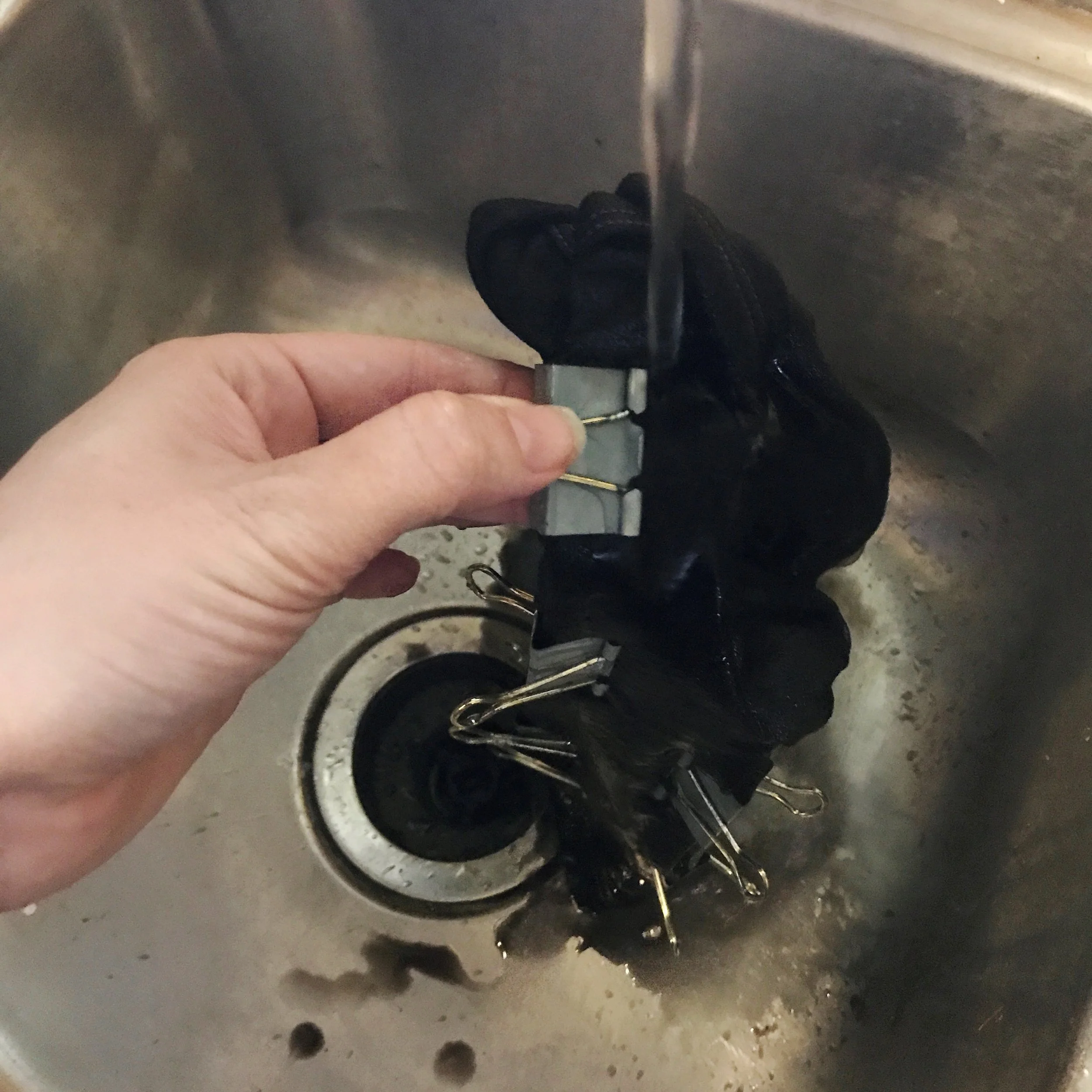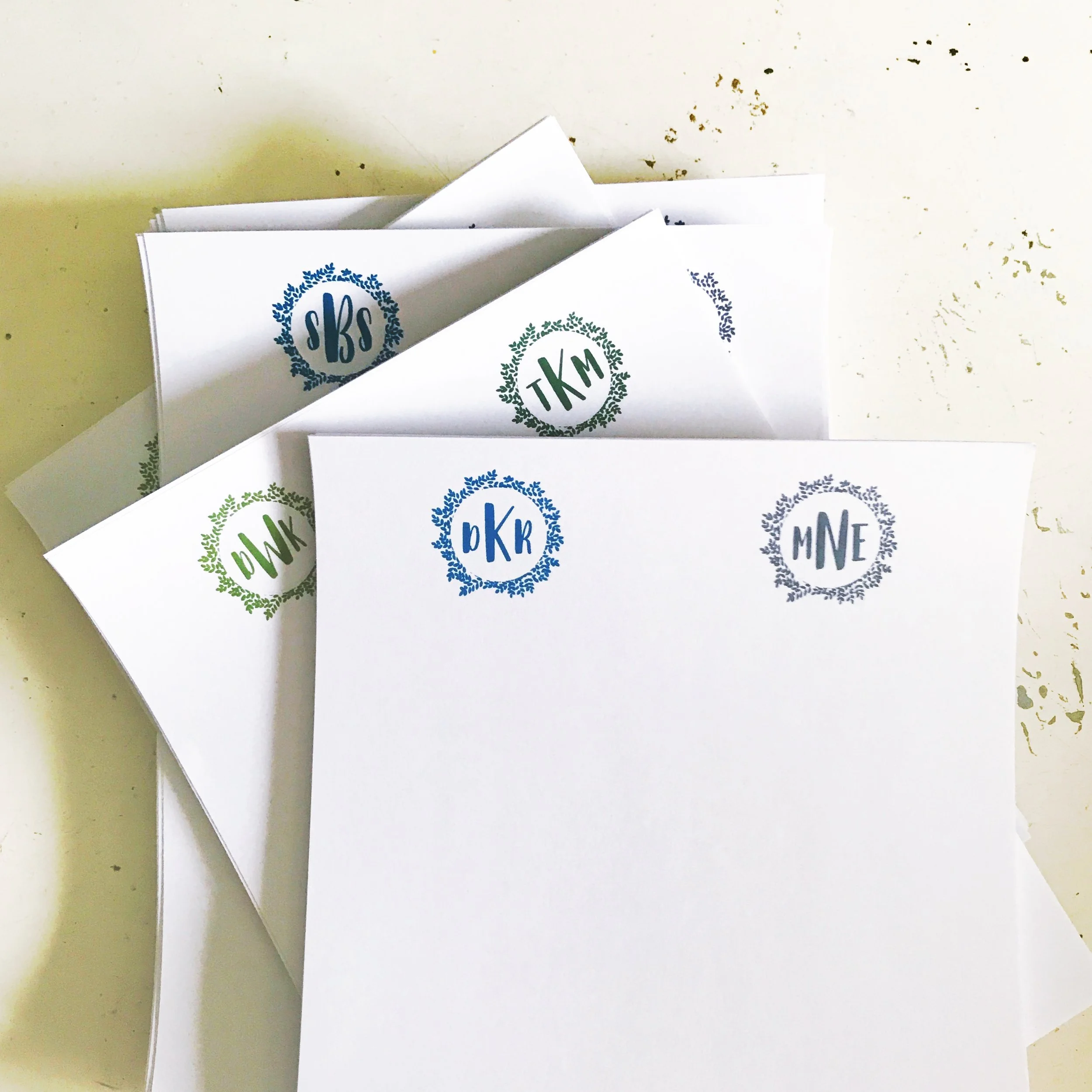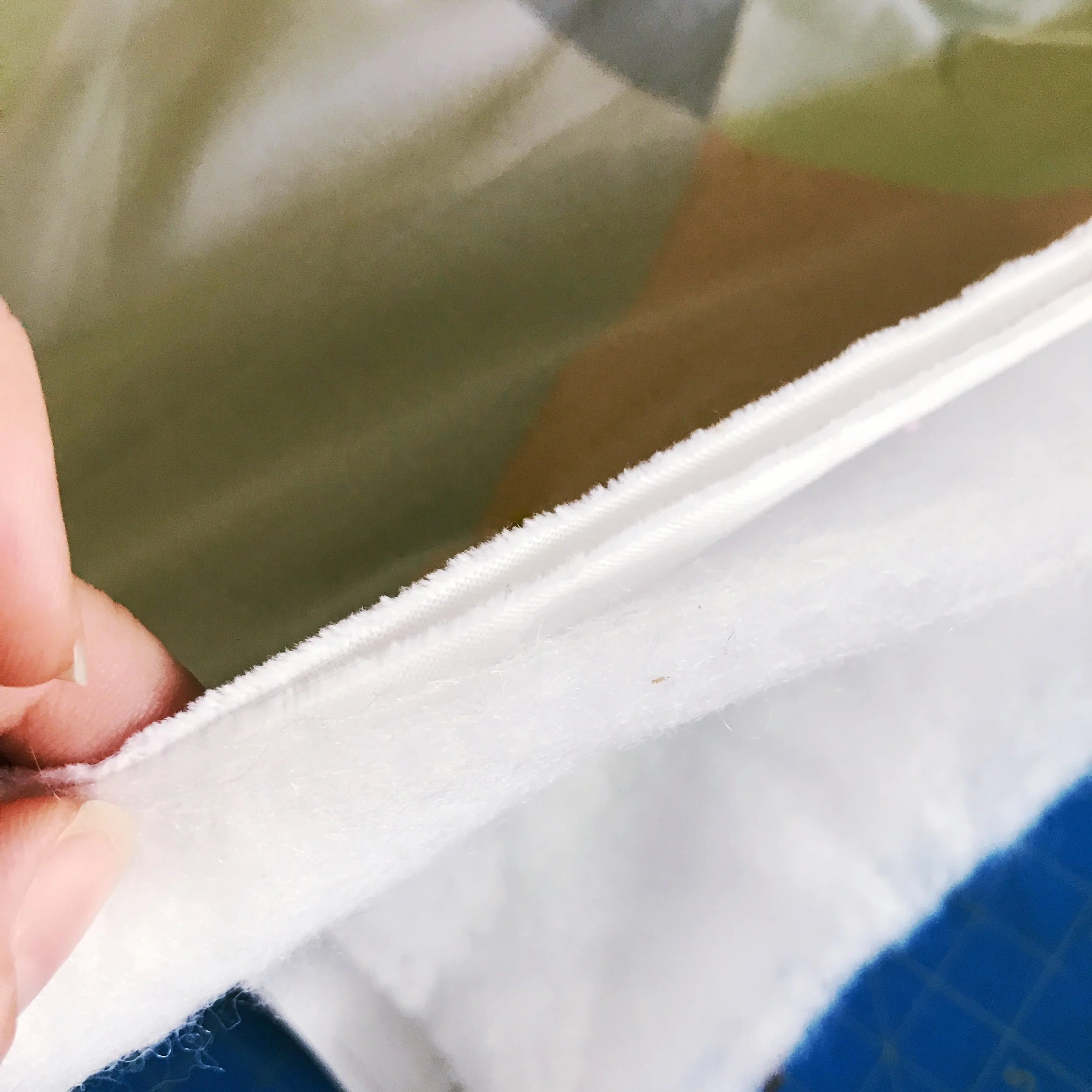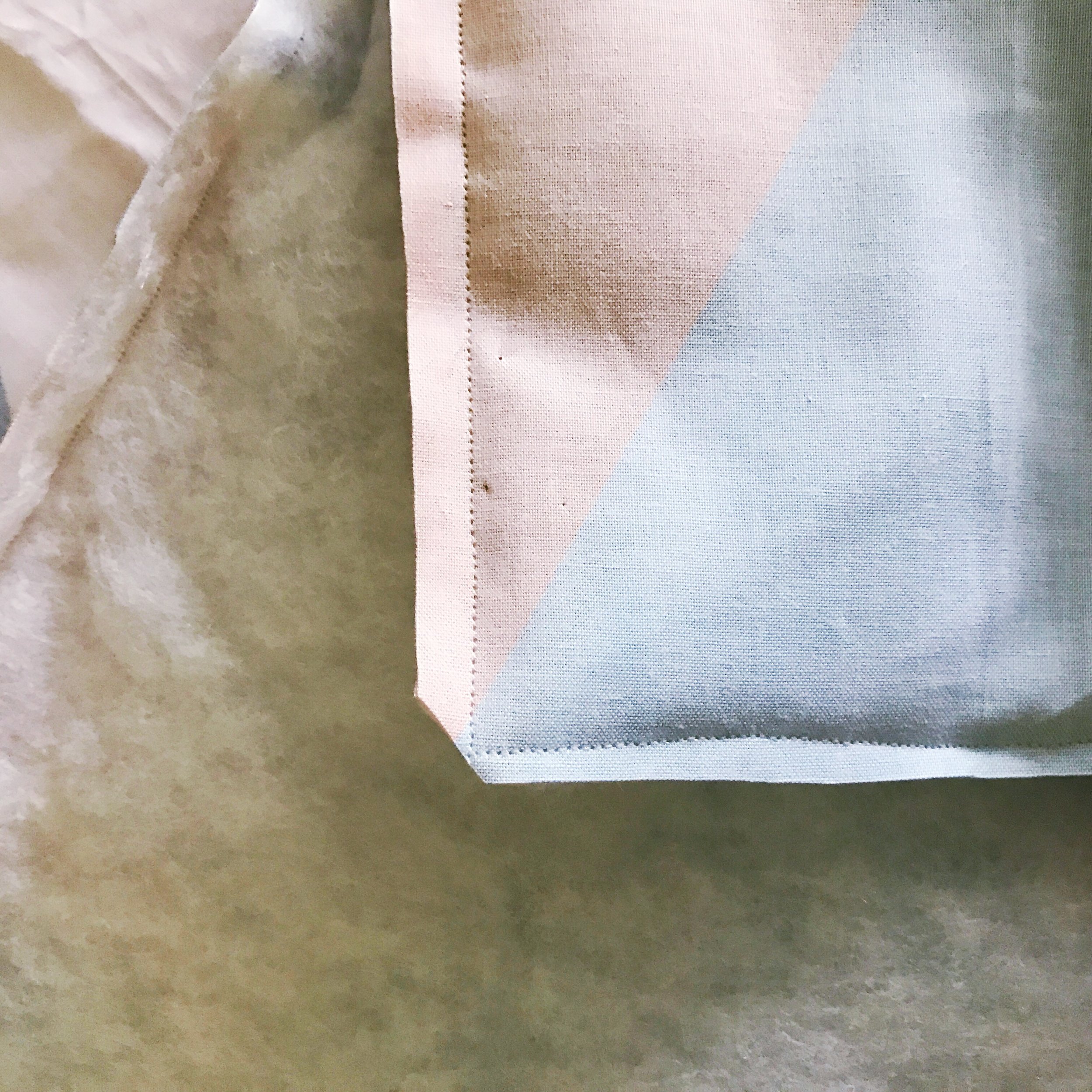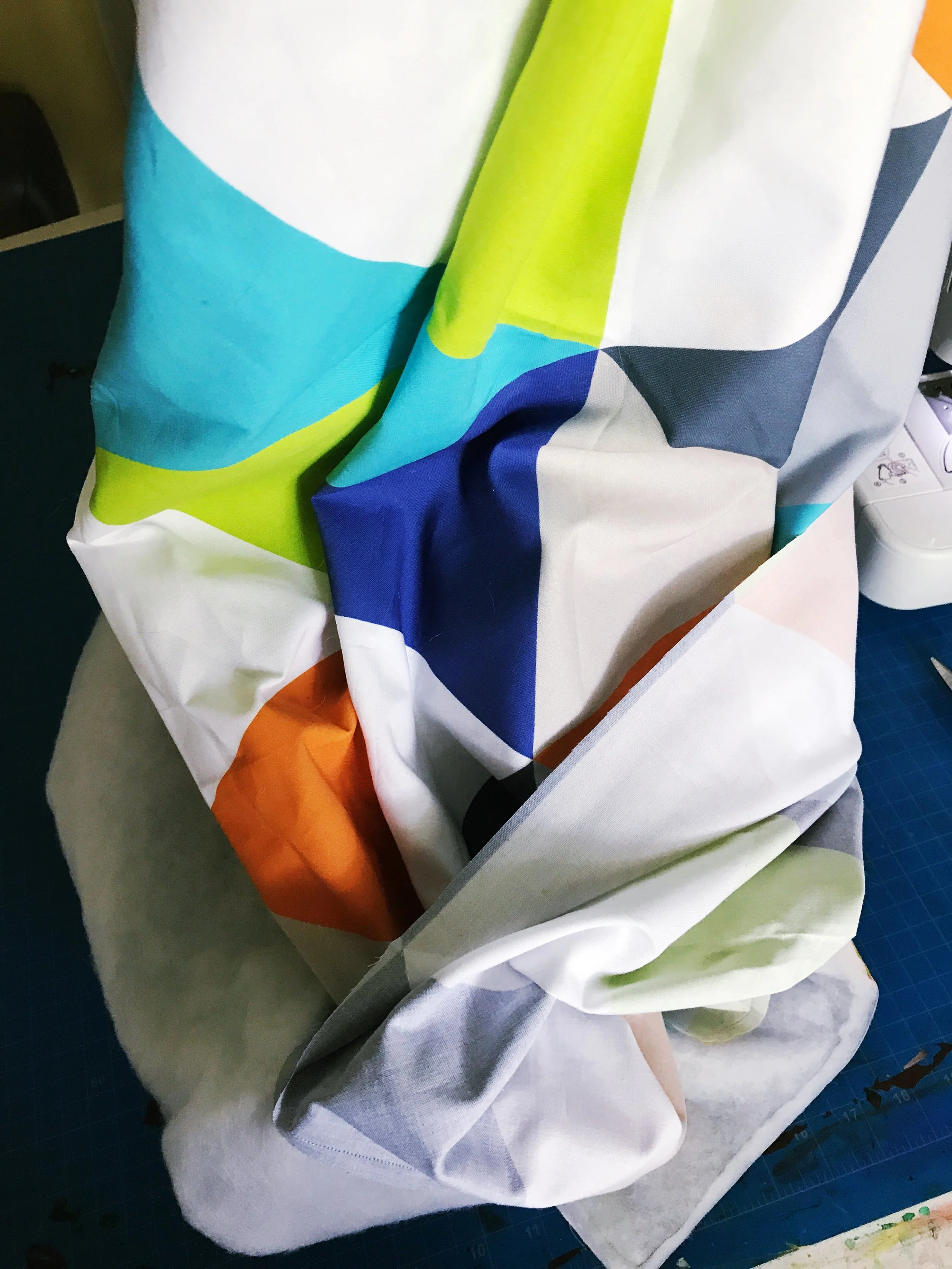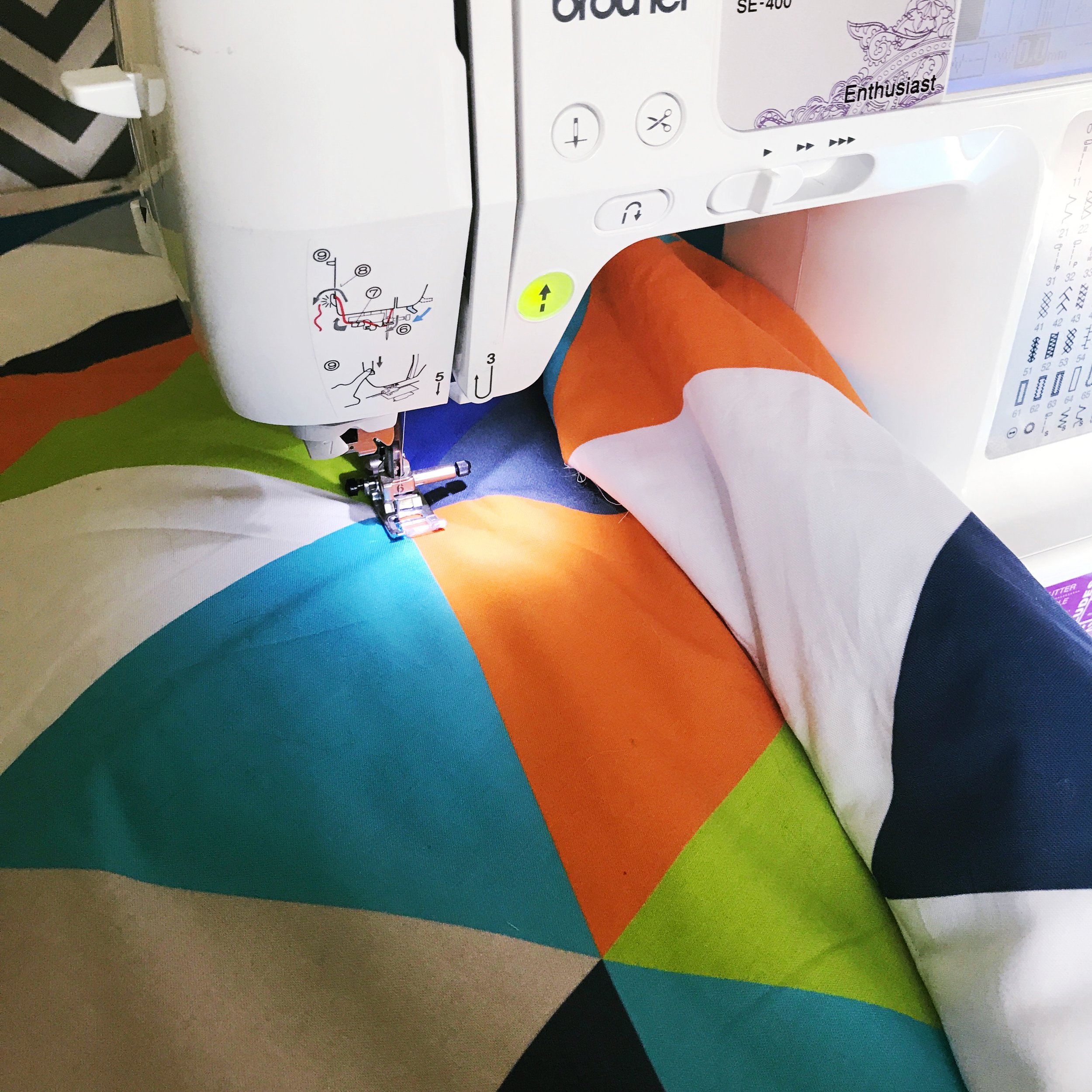I have a super easy and fun treat for you all today! This was a five star project as rated by my five year old. There is smashing, and sprinkling, and candy licking! You will need foil, skewers (halved) or lollipop sticks, a stapler, Jolly Ranchers, sprinkles, plastic baggies, and a hammer. Gather your supplies, and read on for the tutorial!
Sort your candies by color/flavor, and preheat your oven to 275°F.
Smash them with a hammer inside a plastic bag.
Roll out several squares of aluminum foil to make the molds, and line a pan with another sheet of foil.
Fold your foil up by half inches all the way up to make a sturdy, pliable mold.
Staple the ends together, being careful to line up the bottom edge of the foil.
Round the foil molds and fill them with the smashed candies. Put them in the oven for 5-7 minutes. Pull them out once all the candy has melted. Add sprinkles if you would like them inside your lollipop.
While the candy is still hot, slip the sticks under the foil and twist it into the candy to coat both sides.
Once the candy has cooled and hardened, break apart the foil mold where you stapled it and peel it off around the sides of the lollipop. Then peel the foil off the bottom. If you would like to add sprinkles to the outside, dampen the lollipop with water to make it sticky, add sprinkles, and allow it to dry again.
Gift or enjoy! Get creative, and share with us on Instagram @etsydallas #EDCreativityCamp!
















